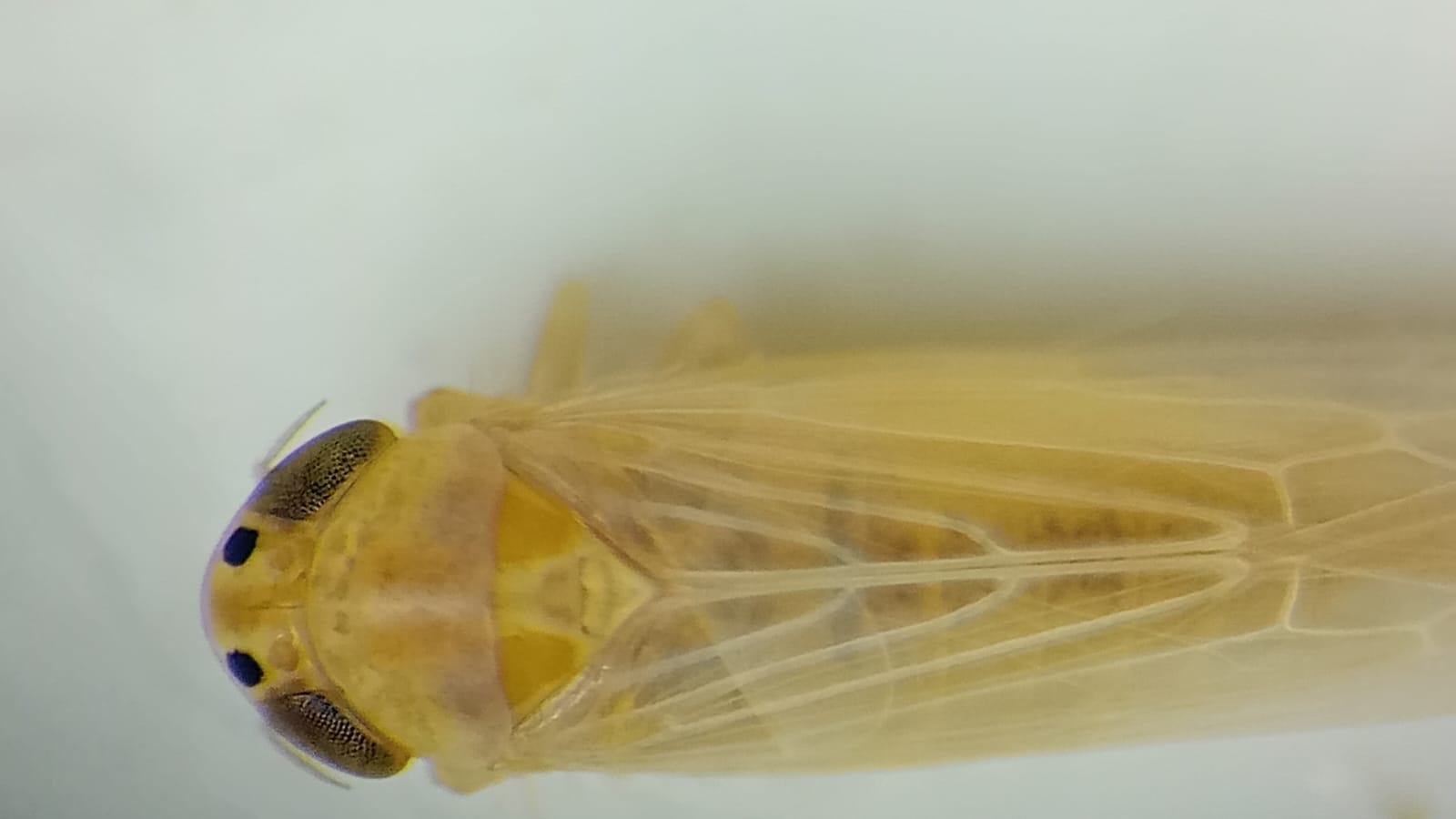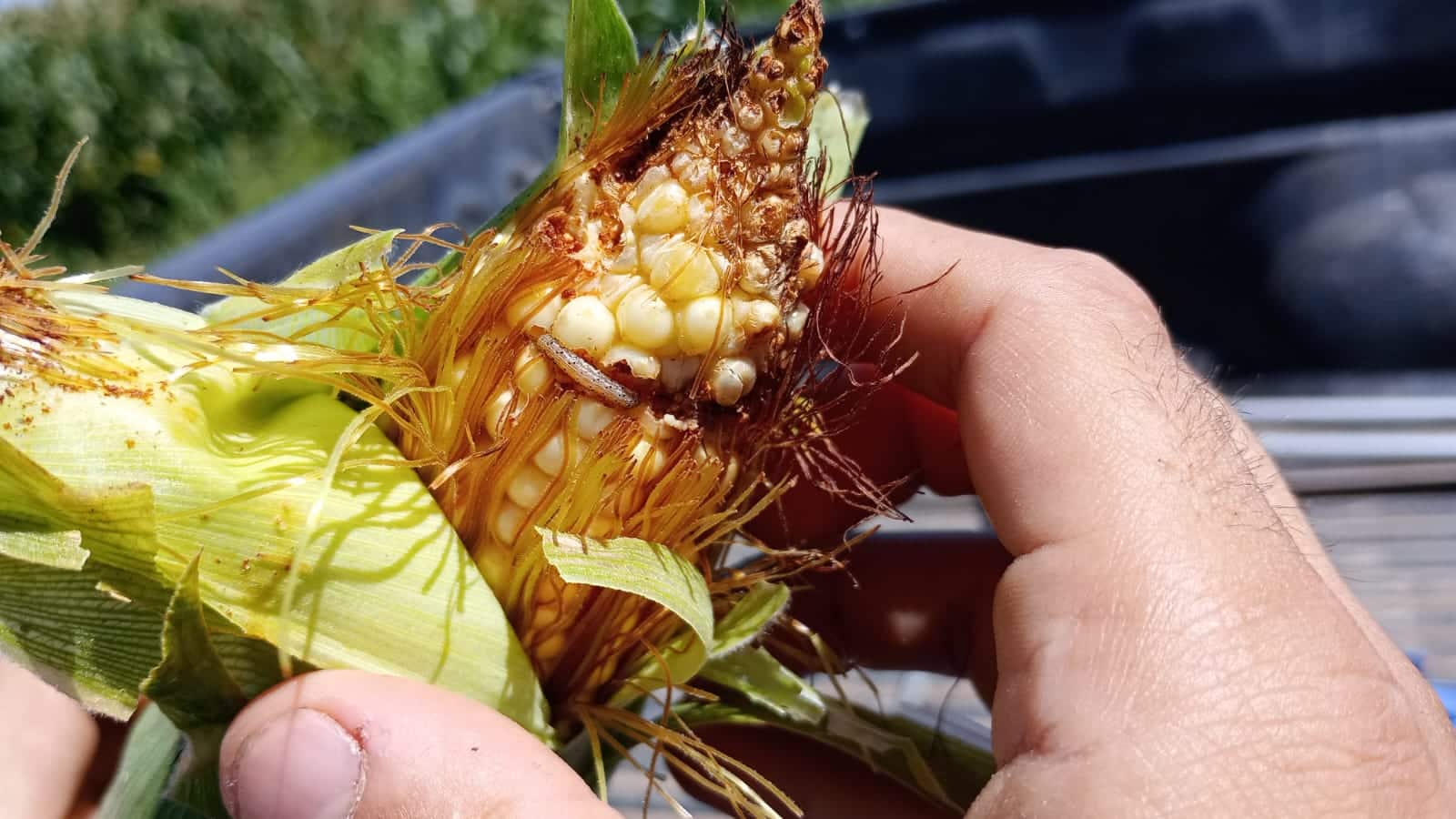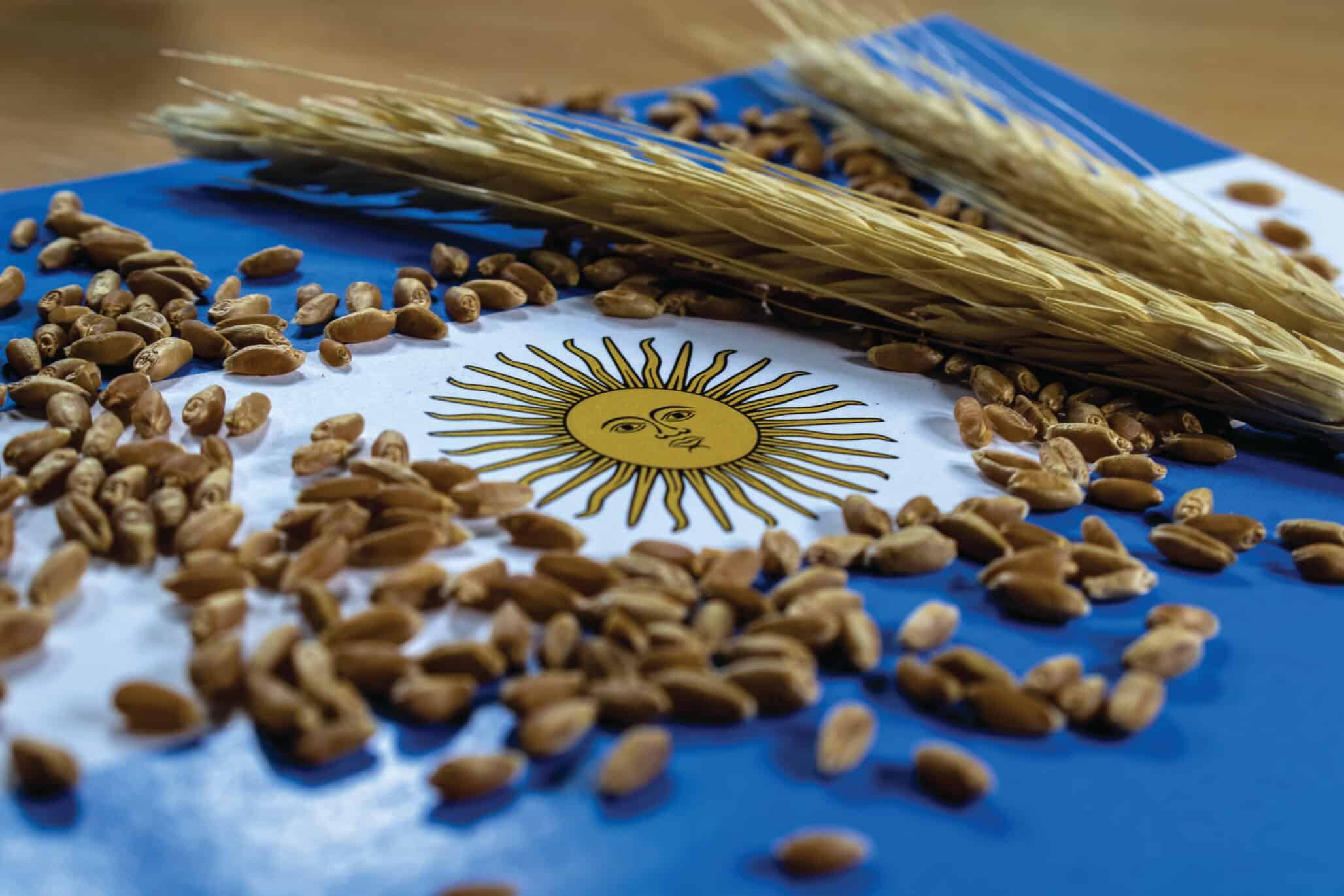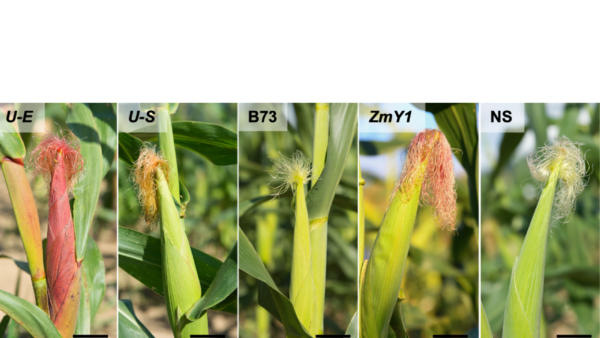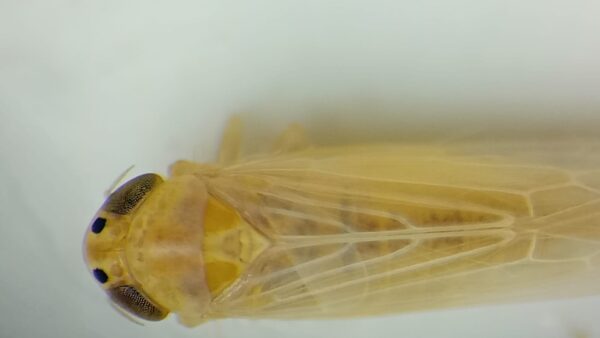A complex of pathogens transmitted by the insect Dalbulus maidis causes corn stunt disease and has radically transformed the agricultural landscape in Argentina, particularly in the northwestern and northeastern regions of the country, threatening the corn belt.
This pest, historically confined to northern Argentina, has now reached unprecedented levels in previously unaffected regions as a result of climate change and a series of mild winters that allowed its population to develop. Severe droughts in the 2022-23 season devastated corn yields, while the 2023-24 season brought increased pest activity, leading many areas to zero yields and significant drops in planting intentions.
Although a cold winter in 2024 reduced the pest risk, farmer confidence remains low. Nervous about past impacts, many farmers have opted not to plant corn or reduce acreage, highlighting the critical role of confidence in crop recovery.
A Pest that Redefines Production Strategies
Lucas Cazado, PhD in biological sciences and representative of the Institutional Coordination of the National Monitoring Network of D. maidis, explains that the leafhopper has expanded over time, but its economic and productive impact in the 2023/2024 season has been devastating. “In northern Argentina, we have lived with this pest for years, but we have never faced a problem of this magnitude. In the corn belt in the center-south of the country, where winters used to limit its spread, we now see an unprecedented situation,” says Cazado.
The stunting reduced yields significantly, especially in late corn crops, prompting many producers to opt for planting soybeans or other crops that the pest does not affect.
“The 2023 season had a very favorable environmental condition for this vector,” Alejandro Vera, Researcher at the Obispo Colombres Agro-industrial Experimental Station (EEAOC) says. “The absence of intense frosts allowed the remaining corn to act as a reservoir for the insect and the pathogen complex.”
Argentina, the world’s third largest corn exporter, faces not only a domestic challenge, but also global repercussions. According to Cazado, “the decline in corn plantings affects global trade dynamics. Although some producers are now reconsidering corn as an option, they are doing so with caution and mitigation strategies in place.”
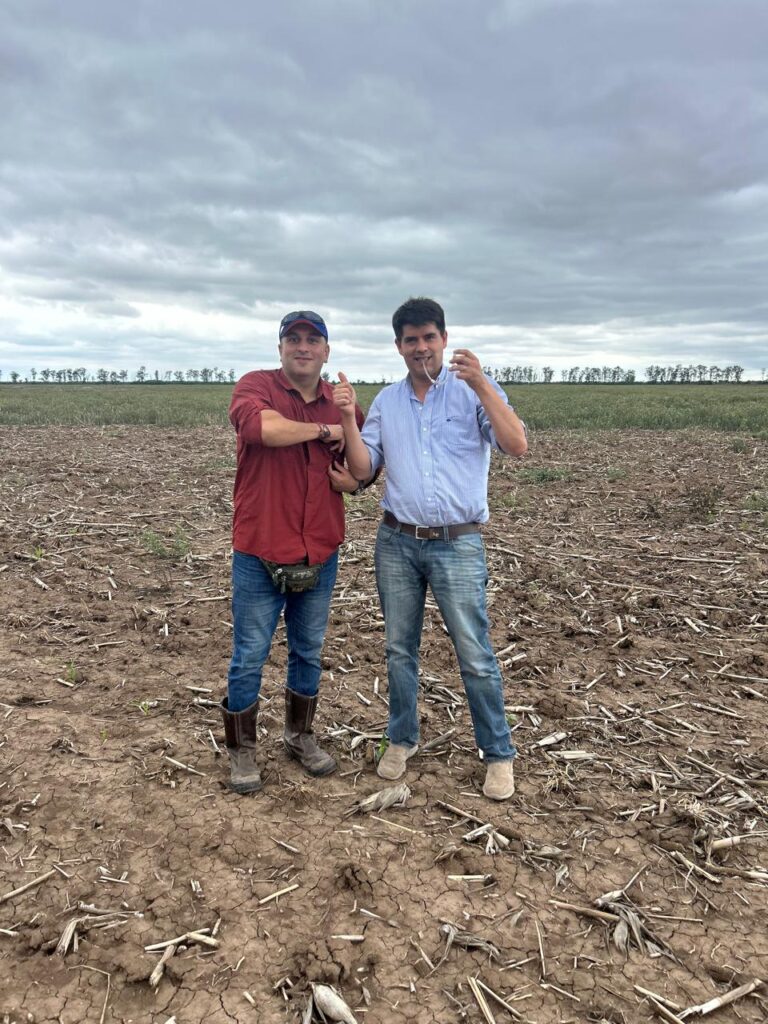
Strategies to Combat the Problem
The magnitude of the crisis has prompted an unprecedented collaboration between producers, technicians, researchers, and institutions. MAIZAR leads the National D. maidis Monitoring Network, and the EEAOC coordinates it at a general level. Organizations and associations such as AAPPCE, Aapresid, CREA, CONICET, INTA, UNNOBA, SENASA, CASAFE, and ASA support the network. This network places yellow chromatic traps at 450 strategic points across the country to analyze the population dynamics of Dalbulus maidis.
“Constant monitoring gives us the possibility of understanding the patterns of appearance and disappearance of populations, which is essential for making decisions based on solid data,” says Cazado, Head of the CREA pest project (Regional Consortium for Agricultural Experimentation).
In addition, cultural practices have been promoted, such as the elimination of volunteer corn, the concentration of sowing dates and the selection of tolerant hybrids. However, as Vera points out, there are still significant gaps: “In Argentina, specific hybrids tolerant to this pest had not been developed. The industry is just beginning to focus on this problem.”
The Role of Biological Research
The UNNOBA team, led by Dr. Catalano Inés, has developed a promising advance in sustainability by sequencing the transcriptome of D. maidis at all life stages to understand which genes are expressed at each stage. They aimed to identify genes involved in the high reproductive efficiency of D. maidis to design strategies or technologies that reduce the pest population. In addition, Catalano coordinates PCR molecular analyses to determine spiroplasma infectivity in the different agroecological zones of Argentina as part of the D. maidis national network project.
“We are dealing with a monophagous pest that depends exclusively on corn for feeding and reproduction. If we understand its biology thoroughly, we can develop comprehensive strategies to control its impact,” Vera says.
Both Cazado and Vera agree that no single solution will be sufficient. “The use of agrochemicals alone is not effective when pest populations are high. We need to combine chemical, biological and cultural tools,” comments Cazado.
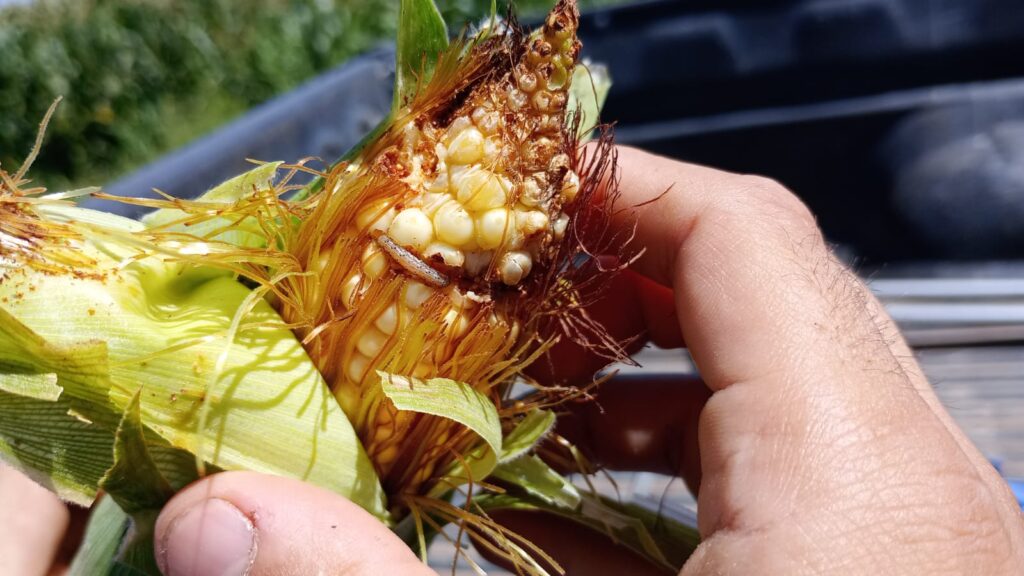
Lessons Learned and the Way Forward
Corn stunt disease has revealed the importance of a collaborative, multifactorial approach.
“This problem has taught us that individual effort is not enough,” Cazado says. “If one farmer controls the pest but his neighbors do not, the effort is lost. The union between institutions and producers has been key.”
Vera adds a cautious but hopeful perspective: “Although the pest will not disappear, we can manage it with low population levels and minimize its impact. It is a challenge that forces us to unlearn and reconfigure our practices.”
The Impact of Other Emerging Threats
While Dalbulus maidis is in the spotlight, Vera warns of other issues that are beginning to emerge. “We are observing failures in transgenic technologies, such as the resistance of key maize pests to VIP and CRY proteins. For the past two seasons, we have detected a decrease in the efficacy of VIP maize against Helicoverpa zea (corn earworm). It is essential to maintain active surveillance and prepare contingency strategies.”
Vera notes that Brazil is already reporting a similar situation with Spodoptera frugiperda. Although VIP technology still effectively combats this pest in Argentina, it risks spreading in the coming years. This situation highlights the importance of constant monitoring and proactive management to address potential future challenges.
Corn stunt not only challenges production but also offers an important opportunity to strengthen the resilience of Argentina’s agricultural sector. The combination of research, collaboration, and education promises to mitigate the impact of this disruptive pest as the country prepares to tackle future threats.
“The key is to understand that this is not the end of corn, but a call to evolve our practices. If we get it right, we can turn this crisis into an opportunity to learn and progress,” says Cazado.


